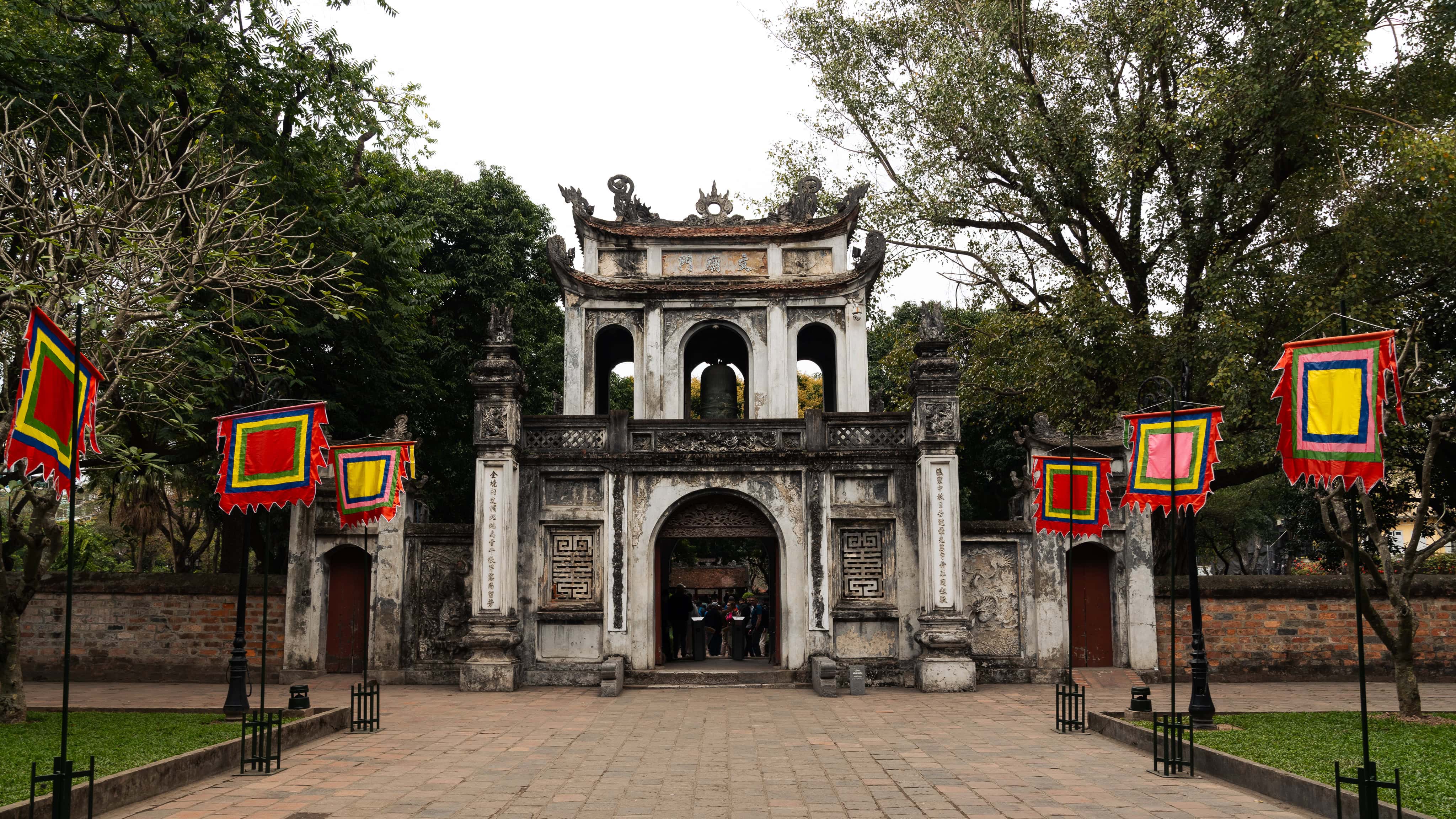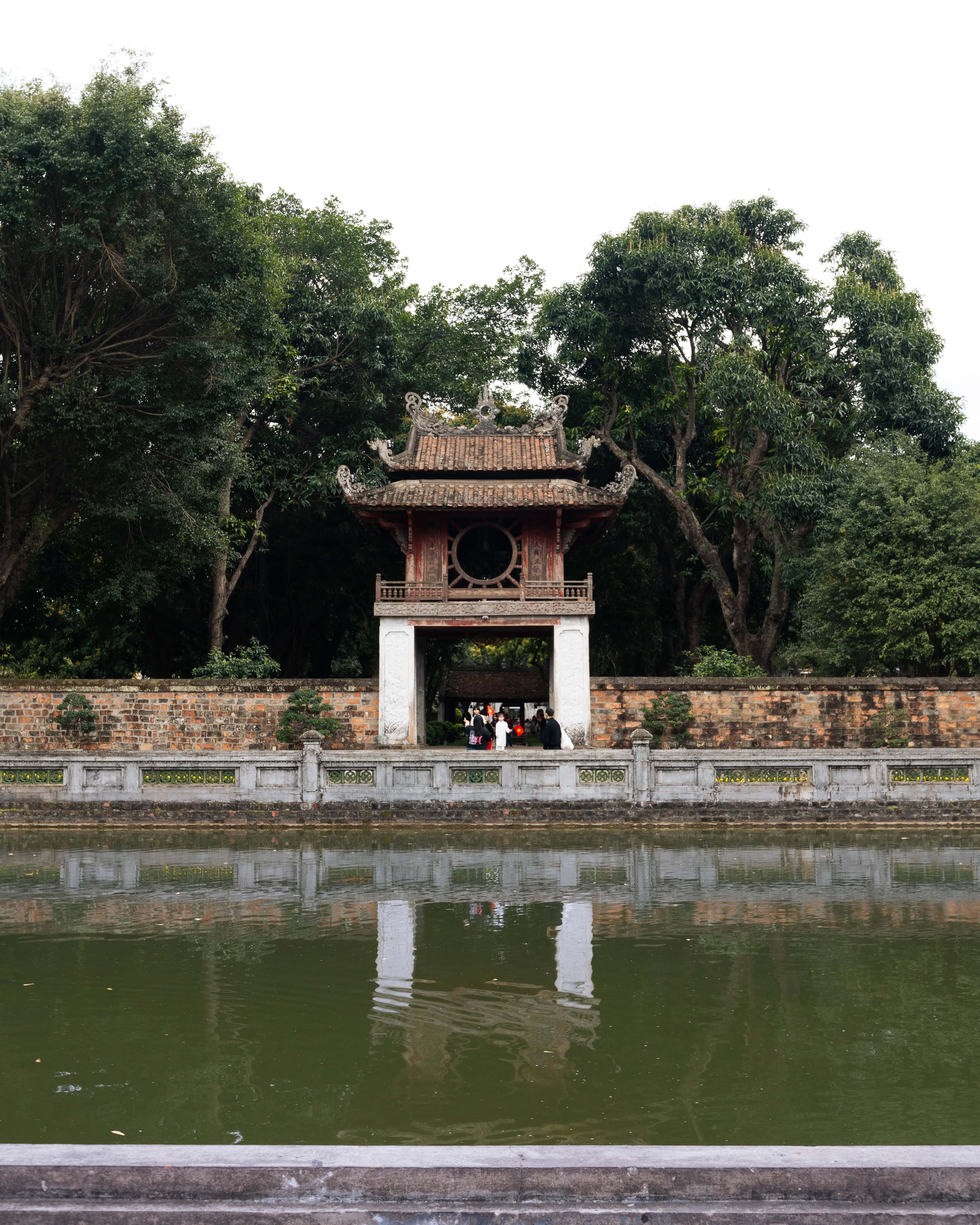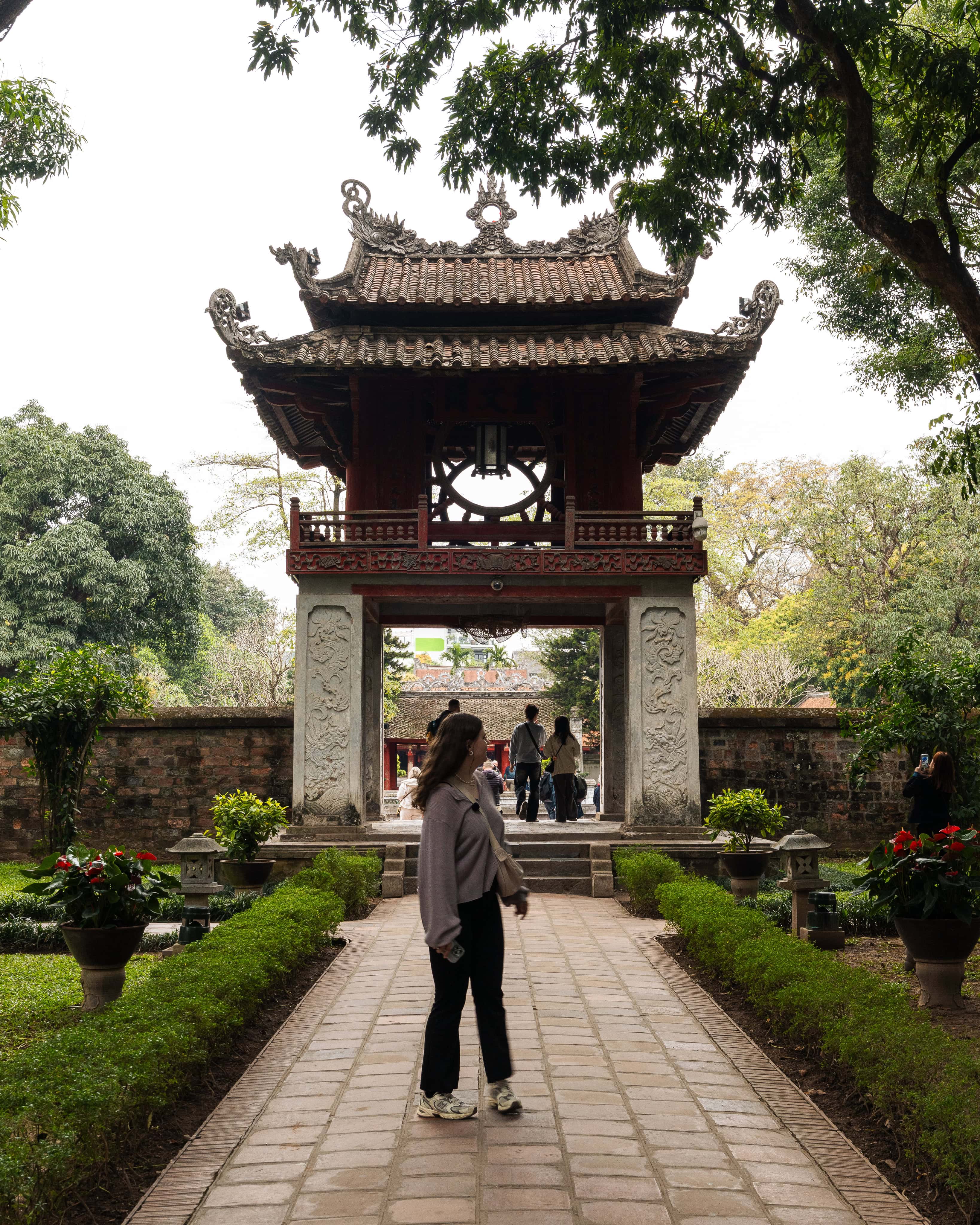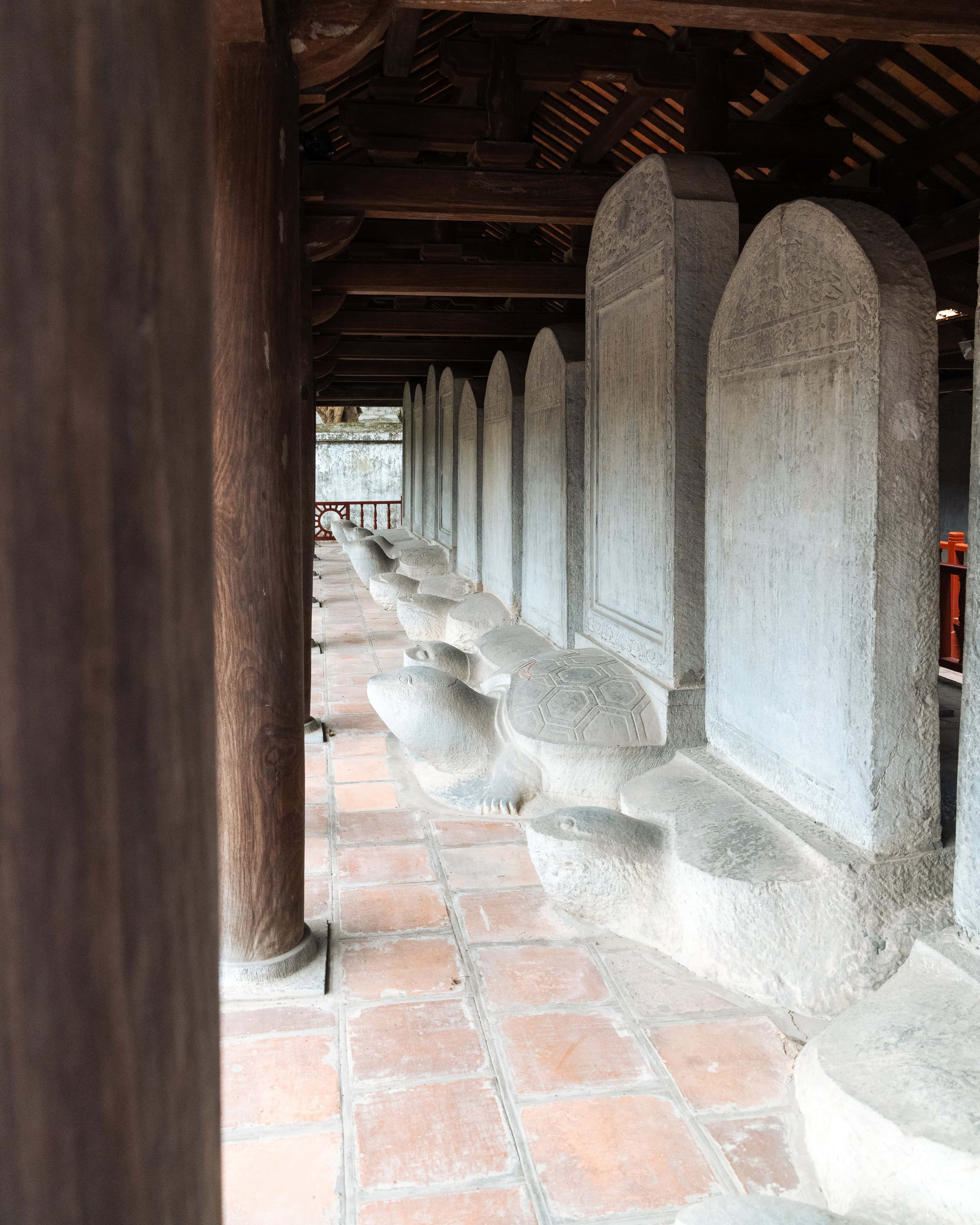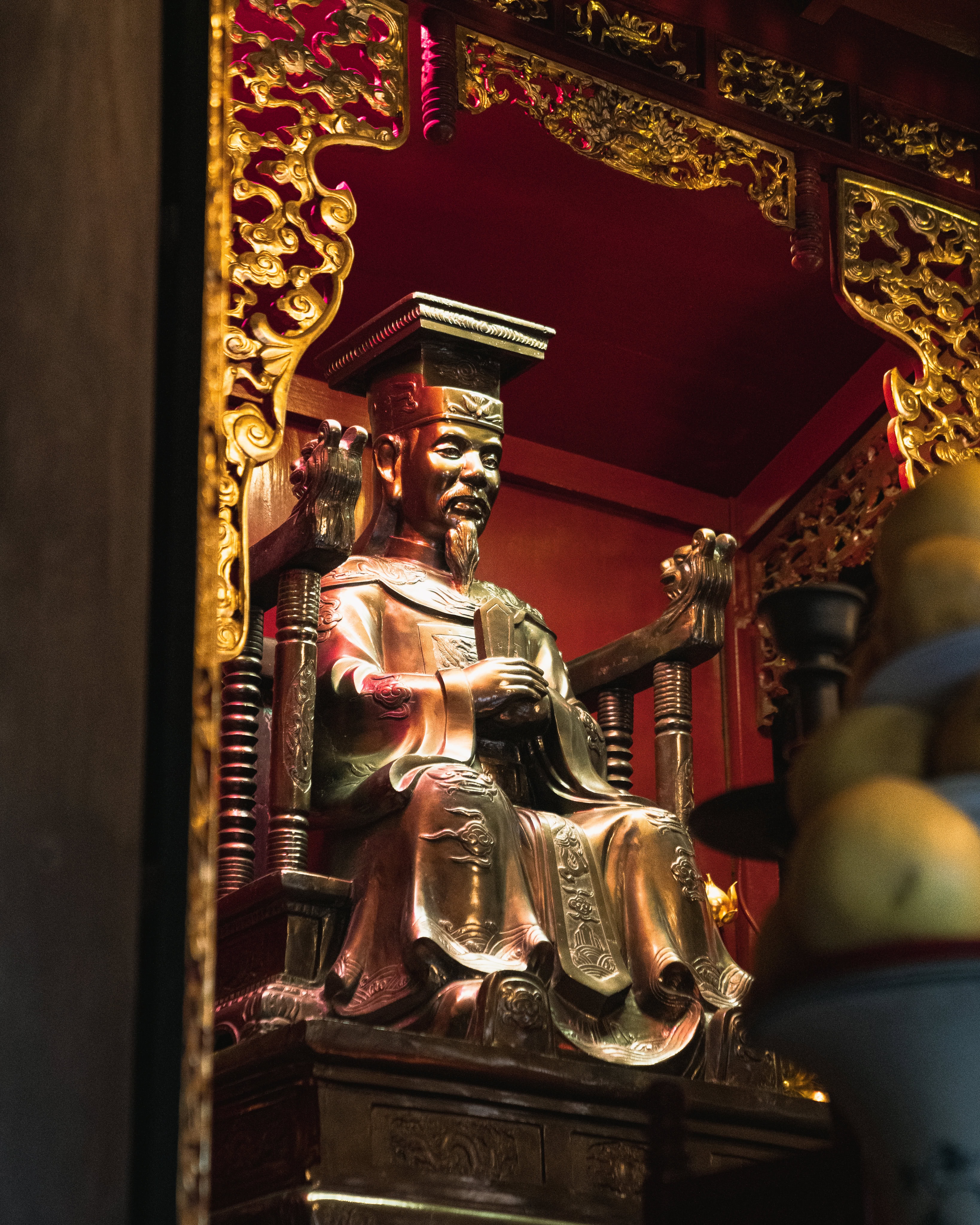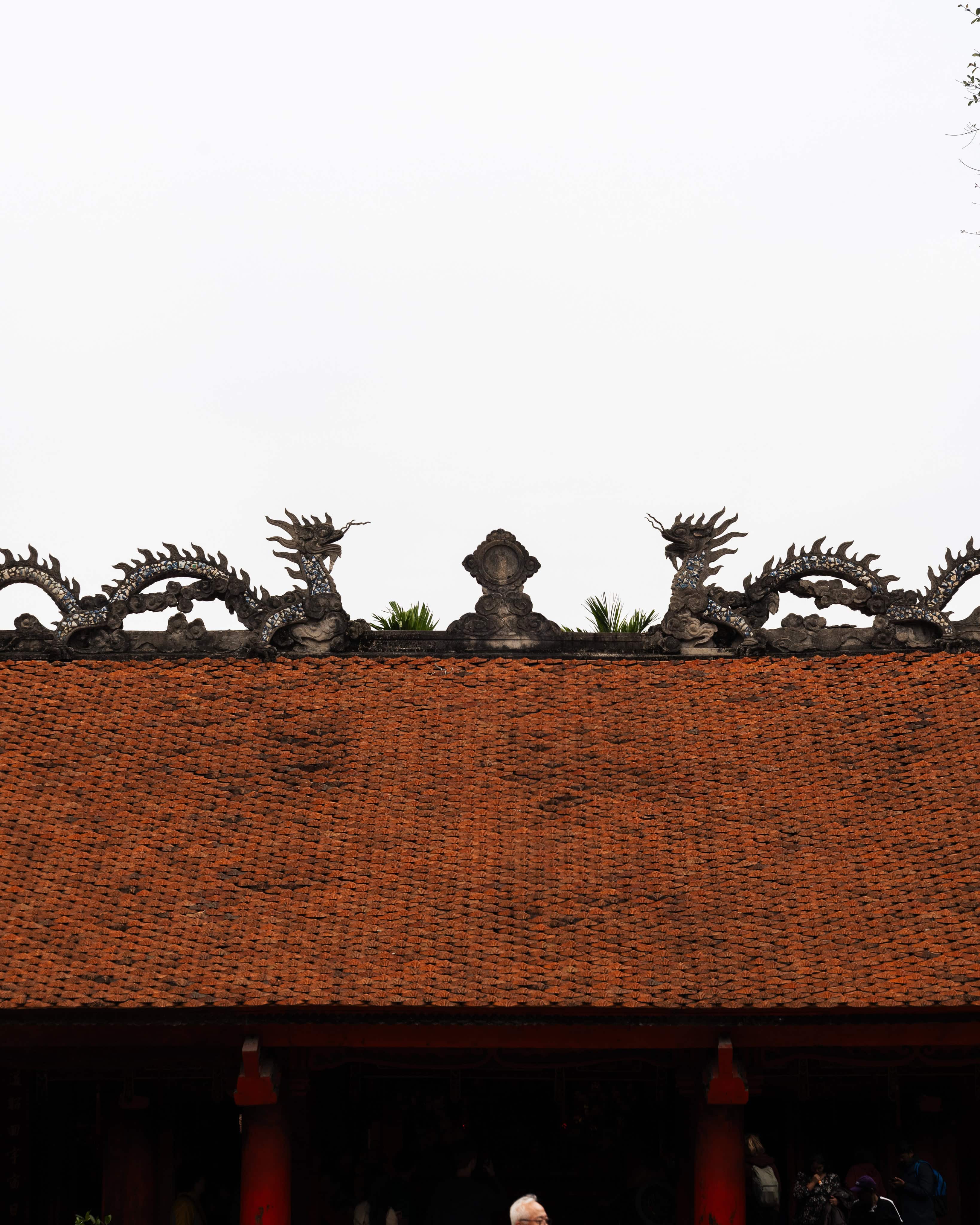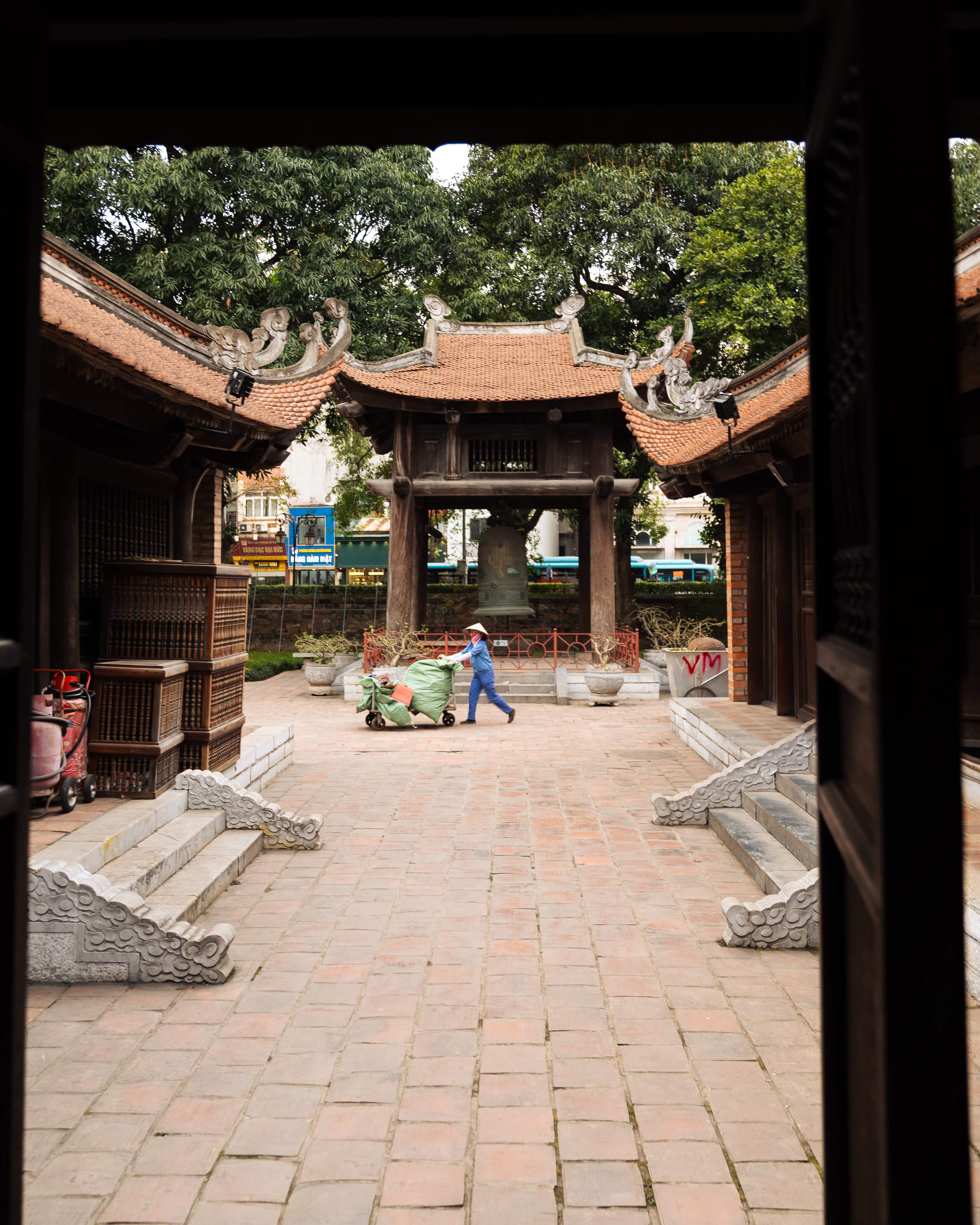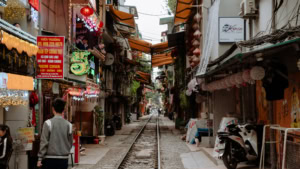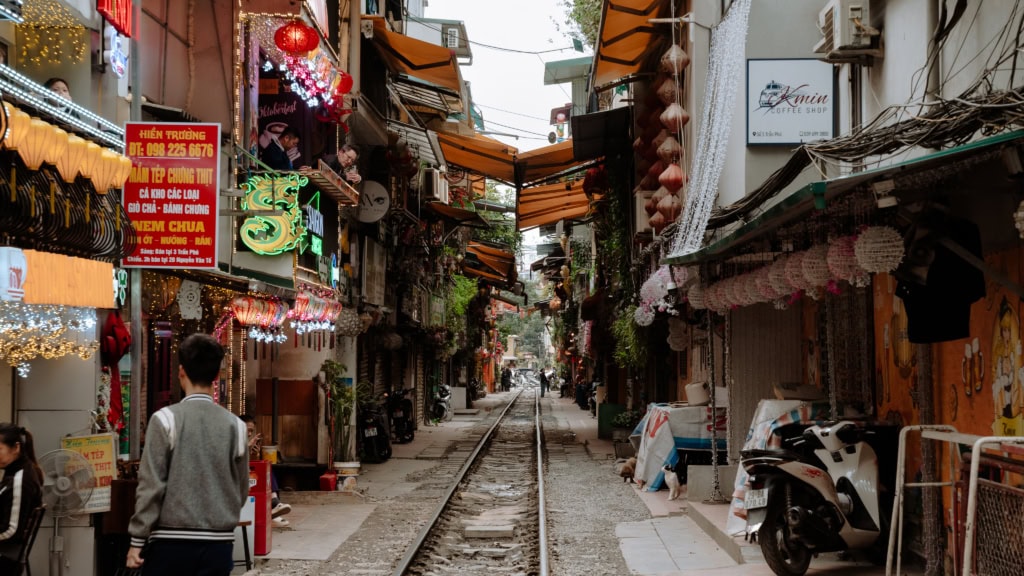The Temple of Literature in Hanoi is Vietnam’s best-preserved Confucian sanctuary, as well as being the historic site of the country’s first national university. Dating back to the 11th century, the complex showcases a blend of architecture, educational history, and vibrant contemporary culture, making it a must-see attraction for any visitor to Hanoi.
Opening hours, admission and behaviour on site
The temple is open daily from 8:00 a.m. to 5:00 p.m. Regular admission is 70,000 VND, with discounts available for school pupils, students and children. These discounts are listed on site or on the official website. Visitors are asked not to touch or write on anything, especially the historic stone tablets. The usual rules of conduct at religious and historical sites also apply (e.g. appropriate clothing and quiet in the shrines).
Brief history
The Temple of Literature (Văn Miếu) was founded in 1070 by King Lý Thánh Tông as a Confucian temple. In 1076, King Lý Nhân Tông established the Imperial Academy (Quốc Tử Giám) within the temple grounds, making it Vietnam’s first university. For centuries, the complex remained a place of education and worship and was restored during various dynasties, finally undergoing extensive renovation in the 20th century. In 2000, the complex was restored again and largely preserved in its original layout.
Văn Miếu – Quốc Tử Giám: How learning and testing took place here
For centuries, the Imperial Academy (Quốc Tử Giám) was the centre of higher education in Vietnam. Founded in 1076 within the Temple of Literature, it is considered the country’s first university. Initially, admission was limited to members of the royal family and the offspring of high-ranking officials, but later, gifted sons of wealthy families and exceptional students were also accepted.
Teaching strictly followed Confucian principles. It was based on the ‘Four Books Canon’ (Tứ Thư) and the ‘Five Classics’ (Ngũ Kinh), both of which were written in Classical Chinese (Hán Văn). Students learned by memorising, reciting and commenting on these texts. The focus was on morality, governance, loyalty, justice, and personal virtue – qualities that were essential for officials in the imperial administration.
The teaching method was strongly geared towards exam preparation. Professors and senior scholars taught younger students, who then had to pass increasingly complex examinations. Discussions and debates served to deepen understanding, while essay and poetry writing formed part of the examination programme.
Architecture and symbolism: Five courtyards on one axis
The complex follows a strictly axial sequence of five inner courtyards and several gates. After the Great Gate, the path leads through the first courtyard to the Great Gate (Đại Trung), which is flanked by the Đạt Tài (‘Promote Talent’) and Thành Đức (‘Perfect Virtue’) gates. The second courtyard features the famous Khuê Văn Các pavilion, which symbolises the ‘constellation of scholarship’. The third courtyard is dominated by the Fountain of Heavenly Clarity, flanked by halls displaying doctoral steles. The fourth courtyard contains the ceremonial courtyard and the Confucius shrines. The fifth and final courtyard contains exhibition rooms, a statue of the scholar Chu Văn An, and altars dedicated to the rulers who founded the institution.
The Doctoral Steles: A UNESCO World Documentary Heritage Site
The centrepiece of the complex is its 82 stone steles, each set on a turtle base. These steles are considered a national symbol of wisdom and longevity. Installation of the steles began in 1484 under the reign of Lê Thánh Tông. The tablets honour the most successful candidates of the imperial examinations. Erected between 1484 and 1780, the steles document the examinations from 1442 to 1779, containing a total of 1,304 names. The steles are part of the Memory of the World programme run by UNESCO: they were added to the Asia-Pacific list in 2010.
Tips for visiting
To avoid crowds and take peaceful photos, it is worth visiting first thing in the morning or late afternoon. The linear layout allows you to easily follow a tour from east to west, starting at the Great Gate and continuing via Đại Trung Môn and Khuê Văn Các to the fountain and steles. There is then time to visit the shrines in the fourth courtyard and the exhibitions in the Thai Hoc courtyard. Those interested in the inscriptions should plan to visit the bilingual panels and models in the fifth courtyard, which provide an explanation of the examination system and the conservation of the steles.
The Temple of Literature brings together Hanoi’s educational spirit, architecture, and contemporary culture in one place, from the iconic gates to the symbolic Khuê Văn Các and the doctoral steles awarded by UNESCO. To understand the soul of Hanoi, start here.

